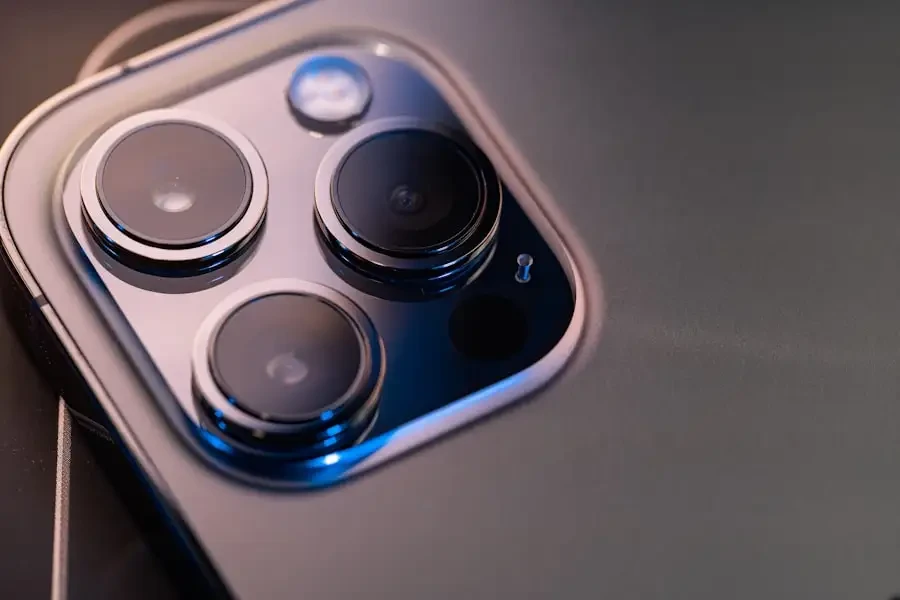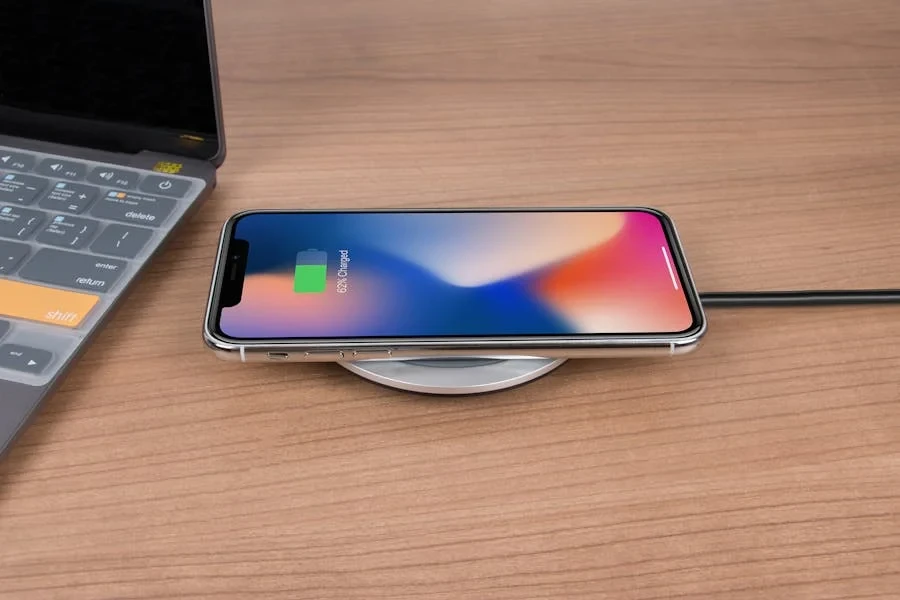Smartphones have come a long way since they first launched. Nowadays, they aren’t just simple devices that enable people to browse the web and stay connected with their loved ones and colleagues, but also help us to manage our finances, monitor health, control other smart devices, and much more.
And despite already having many sophisticated features, manufacturers continue to push the boundaries of what smartphones can achieve. In this article, we’ll take a look at some of the smartphone trends redefining the market in 2024.
Table of Contents
An overview of the smartphone market in 2024
The trends redefining smartphones in 2024
Conclusion
An overview of the smartphone market in 2024
Global smartphone shipments declined over the past two years, according to a Counterpoint Research report. However, they are forecasted to grow 3% in 2024.
Emerging markets such as the Middle East, Africa, and India are expected to be the primary growth drivers for the smartphone market, particularly the budget and mid-range segment.
The demand for budget and mid-range devices is expected to grow 11%, signaling rising demand for inexpensive yet feature-packed devices.
The premium segment, with devices ranging from USD 600 to USD 799, is also poised to grow by 17%. This indicates a resurgence in demand for smartphones with advanced features like wireless charging, sophisticated camera systems, and high-resolution touchscreens.
The trends redefining smartphones in 2024
Let’s take a look at some of the top smartphone trends to capitalize on in 2024:
Generative artificial intelligence integration
While artificial intelligence (AI) features like voice assistants, predictive typing, and face unlock have been present on smartphones for quite some time, advancements in AI will make smartphones even more advanced.

With the rise of generative AI (GenAI), many smartphone manufacturers are integrating generative AI features like AI image editing, real-time language translation, and content creation on their devices.
As generative AI makes it easier for consumers to accomplish tasks faster, more consumers will demand GenAI smartphones, and it’s forecasted that manufacturers will ship over 1 billion GenAI devices between 2024 and 2027.
Foldable smartphones
Many consumers considered foldable phones impractical when manufacturers introduced them, and with good reason. Many early foldables offered limited water resistance and posed durability concerns. They were also prohibitively expensive for many consumers.
However, many newer foldables offer better water resistance and durability. They’re also available at various price points, unlike their predecessors.

Thanks to improvements in foldable phone technology, the demand for foldables is forecasted to rise, and more manufacturers are expected to offer various foldables with different display sizes and features.
Foldable phones are especially likely to appeal to gamers and people who frequently multi-task on their smartphones, as they offer more screen real estate than conventional phones.
Unique form factors
While bar-shaped smartphones are undoubtedly the most common form factor, and foldable devices are gaining steam, some new devices are aiming to redefine smartphones entirely.
Unlike regular smartphones, some new compact devices that resemble handheld gaming consoles are ditching apps entirely for AI interfaces. Rather than scrolling or tapping apps, these devices allow users to give AI agents voice or typed commands to accomplish certain tasks.
If the future of smartphones is appless, these AI-centric devices might be worth keeping an eye on in 2024.
5G connectivity
As more telecommunication providers roll out 5G networks, more smartphone manufacturers are integrating 5G technology into their devices.
Previously reserved for premium devices, the reduction in the cost of 5G chipsets has enabled manufacturers to launch entry-level 5G smartphones, making them an attractive option for budget consumers.
As a result, the penetration rate of 5G smartphones globally is expected to rise from 68% in 2024 to over 80% in 2027, as consumers demand affordable 5G mobile devices with rapid upload and download speeds.
Advanced camera systems
Every year, smartphone manufacturers refine their devices by offering smartphone cameras with larger sensors, better lens systems, and higher megapixel counts.

With advancements in AI, features like scene recognition, object removal, and smart composition suggestions are now becoming commonplace on many devices.
Look for smartphones with these sophisticated camera features, as camera quality is a top priority for many smartphone users – especially younger ones.
Wireless charging
Wireless features like Bluetooth and Wi-Fi have been staples on smartphones for many years. With advancements in charging technology, several new smartphones also support wireless charging.

While wireless charging isn’t as popular as wired charging, expect wireless devices to become more common, especially as more smartphones start supporting the Qi2 wireless charging protocol in 2024.
Sustainable designs
Consumers are becoming increasingly mindful of how their purchases impact the environment. For instance, 78% of US consumers consider sustainability important when shopping for products.
As sustainability becomes a key concern for many consumers, more smartphone manufacturers are adopting sustainable practices, such as using recycled materials and sustainable packaging to reduce their environmental impact.
Look for eco-friendly smartphones to appeal to shoppers who want to minimize their carbon footprint.
Augmented and virtual reality integration
In an effort to make user experiences more immersive, many manufacturers are working towards building devices that support augmented reality (AR) and virtual reality (VR).

Many premium and even some mid-range devices are now equipped with processors powerful enough to support basic AR and VR applications.
As a result, though it’s still in its infancy, AR and VR adoption is steadily expected to rise in the coming years, and it’s forecasted that there will be over 100 million AR and VR users worldwide by 2027.
Conclusion
The demand for budget, mid-range, and premium smartphones is expected to rise worldwide, presenting a massive opportunity for sellers looking to stock such devices.
However, as the global demand for smartphones continues to rise, keeping up with these trends will be critical to meeting consumers’ evolving needs and preferences. If you’re stuck on what to source, explore Alibaba.com for a vast collection of trendy smartphones at every price point.



